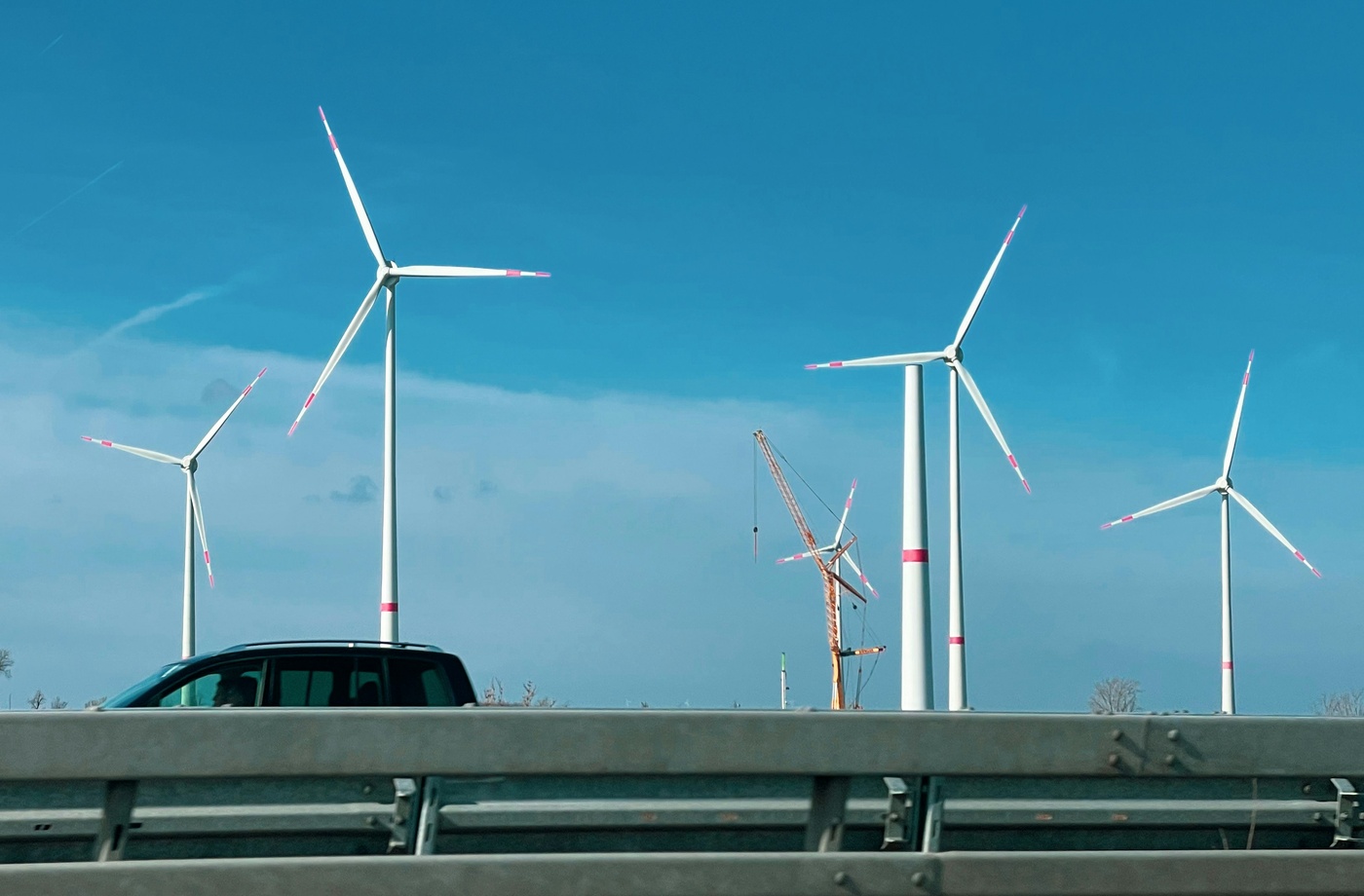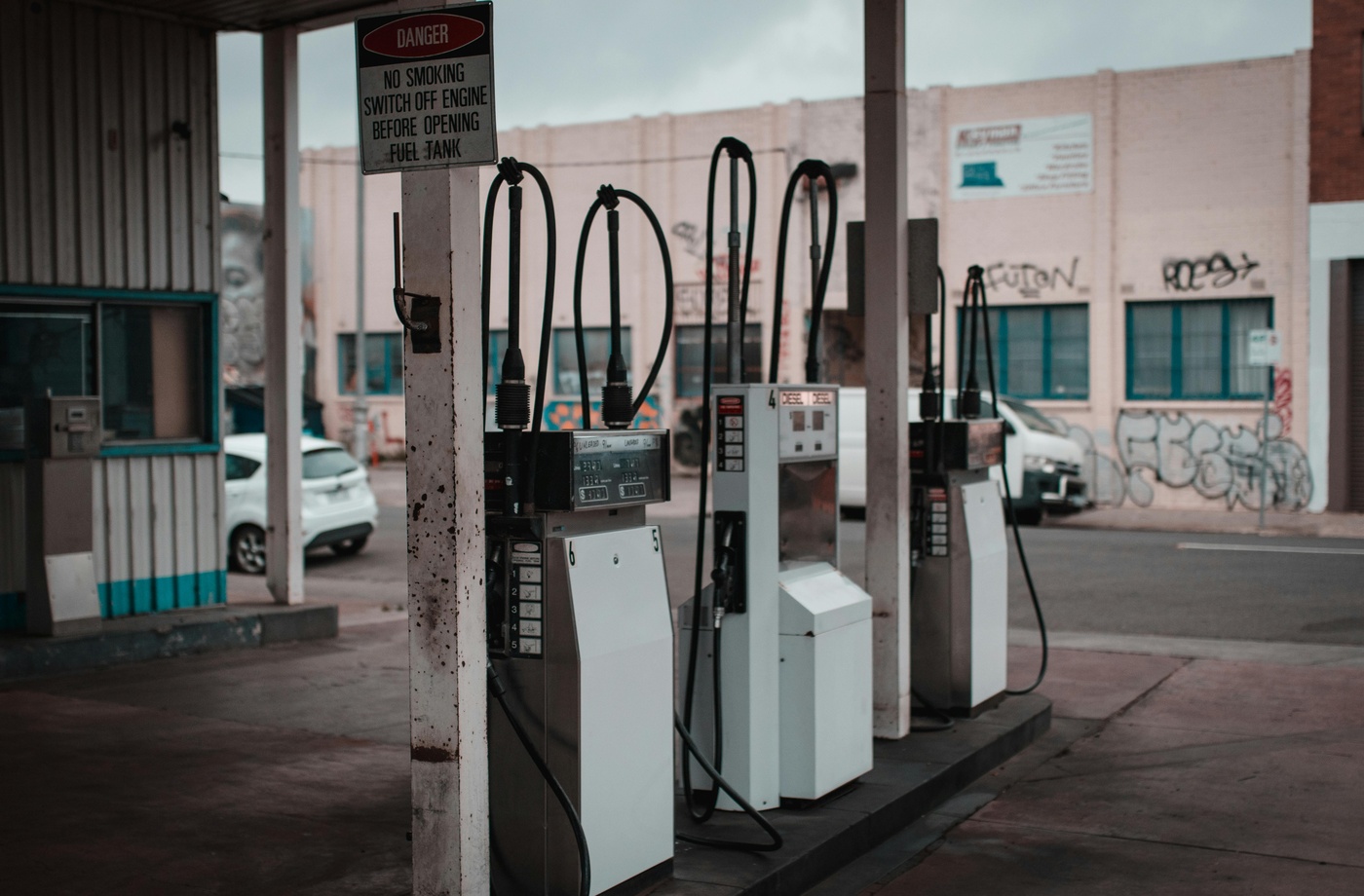Cold weather can take a serious toll on your gas mileage. In fact, according to the U.S. Department of Energy, fuel economy can drop by as much as 15% in city driving when temperatures fall below 20°F. For commuters and road trippers alike, this seasonal dip in efficiency can mean spending significantly more at the pump—unless you take a few preventative steps.
Here are the most effective winter fuel efficiency tips to help you drive smarter, save money, and reduce unnecessary fuel waste during the colder months.
- Warm Up Smart—Not Long
Idling your car for more than 30 seconds wastes fuel and contributes to engine wear. Modern engines don’t need to “warm up” for long before driving. Instead, start the car, wait 30 seconds, and then drive gently to bring everything to optimal temperature. Excessive idling in cold weather leads to unnecessary fuel loss and increased emissions.
Source: FuelEconomy.gov Cold Weather Tips
- Keep Your Tires Properly Inflated
Tire pressure drops about 1 psi for every 10°F decrease in temperature. Under-inflated tires increase rolling resistance, which reduces fuel economy and compromises safety. Check your tire pressure weekly during winter and adjust to the manufacturer’s recommended level, found on the sticker inside your driver’s door.
- Remove Roof Racks and Extra Weight
Snow gear, holiday cargo, and unused roof racks can add unnecessary drag and weight, lowering your miles per gallon. Remove ski racks, roof boxes, and heavy gear unless absolutely needed to reduce aerodynamic drag and improve efficiency.
- Use the Right Motor Oil for Winter
Cold temperatures thicken motor oil, causing your engine to work harder. Use the manufacturer-recommended oil viscosity, which may include a winter-grade (e.g., 5W-30). Switching to synthetic oil can also improve cold-weather performance and protect your engine in subzero conditions.
Source: NAPA Know How Winter Oil Tips
- Limit Short Trips
Engines are least efficient when cold. If you take multiple short trips throughout the day, your engine may never reach optimal operating temperature. Combine errands into one longer trip to reduce fuel usage and increase overall efficiency.
- Clear Snow and Ice Before Driving
Carrying snow adds weight, and blocked grilles or air intakes can impair performance. Remove all snow and ice from your vehicle—including the roof and hood—before driving to prevent added resistance and improve safety.
- Use Seat Warmers, Not Cabin Heat (When Possible)
Heaters draw energy from your engine, increasing fuel consumption. If you have seat warmers or a heated steering wheel, these use far less energy and warm you faster. For short drives, they can help reduce dependence on full cabin heat.
- Park Indoors or in the Sun
Whenever possible, park in a garage or in direct sunlight. A slightly warmer starting temperature helps your engine reach peak efficiency faster, which cuts down on fuel waste during cold starts.
- Use Winter-Grade Fuel if Available
In very cold climates, gas stations may offer winter-blend gasoline, which helps prevent fuel line freezing. While this fuel has slightly less energy than summer blends (which can reduce MPG), it keeps your engine running more reliably in subzero weather.
Cold Weather Driving Can Still Be Efficient
You don’t have to dread the fuel costs that come with winter driving. By staying proactive with maintenance, making small habit changes, and understanding how your vehicle reacts to cold, you can stretch every gallon—even in freezing conditions. For drivers looking to boost savings further, combining these tips with price comparison tools like GasBuddy or AAA’s Gas Price Tracker can help you find the cheapest local fuel options throughout the winter season.



